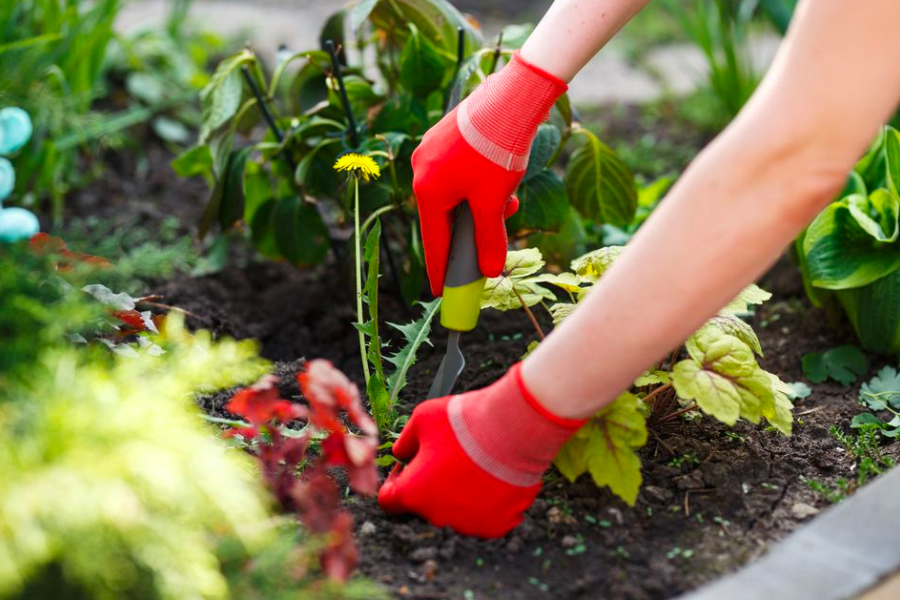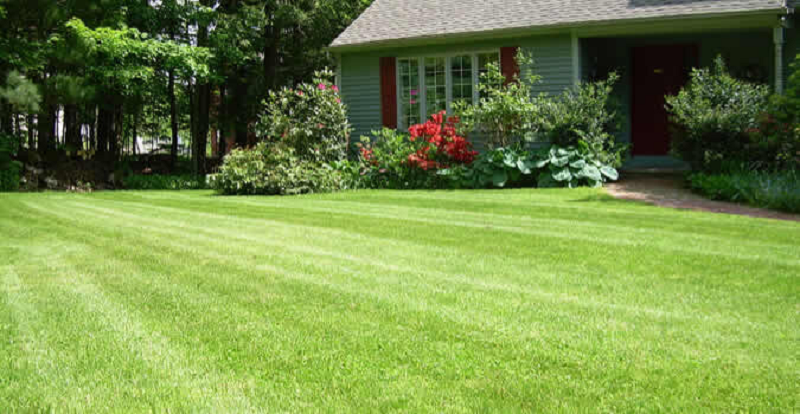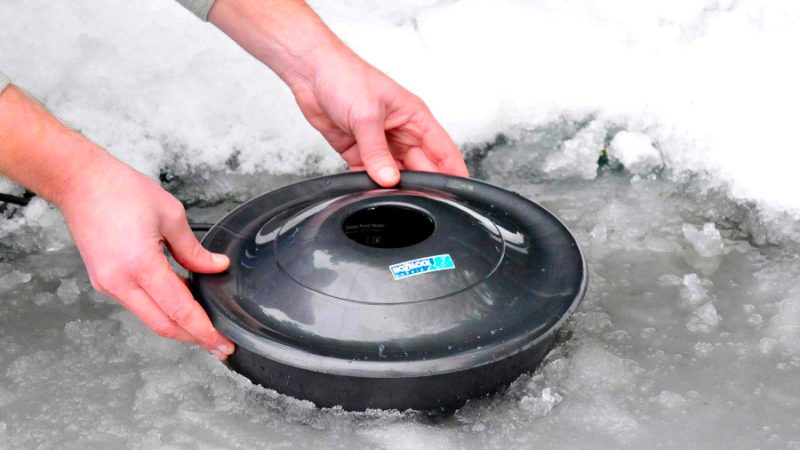A Beginner’s Guide to Organic Home Gardening

When it comes to reaping the rewards of a healthier lifestyle, one crucial factor we often overlook is the food we consume. Undeniably, the journey to wellness begins on your plate. Here, we present to you a comprehensive beginner’s guide to organic home gardening. An endeavor supported and inspired by the Home and Garden Hub, this guide is intended to empower you with the know-how to cultivate a green thumb while fostering a healthier lifestyle.
So, if you’ve always wanted to plant, prune, and pick your way to healthier living but didn’t know where to start, worry no more. Let’s delve into the enthralling world of organic home gardening.
Step 1: Making a Plan
Start by identifying the ideal space for your garden. Whether it’s a small balcony, a window ledge, or a sprawling backyard, any space can be transformed into a fertile oasis. Consider factors like sunlight, accessibility, and proximity to a water source. Once you’ve chosen the space, think about what you want to grow. Start simple; choose easy-to-grow crops like tomatoes, radishes, or herbs.
Step 2: Getting Your Hands Dirty (Literally!)
You’re ready to prep your gardening area now. First, clean the space, removing any debris or weeds. Next, enrich the soil with organic compost. Composting is a key component of organic gardening, transforming kitchen scraps and yard waste into nutrient-dense soil. Organic compost feeds your plants while reducing the amount of waste ending up in landfills, thus nurturing your garden and our planet.
Step 3: Sowing the Seeds
The time has come to plant your seeds or seedlings. Follow the planting instructions on the seed packets or the advice from Home and Garden Hub’s online resources. Remember, different plants have different needs. Some prefer being sown directly into the garden, while others start life indoors before being transplanted.
Step 4: Watering and Weeding
Organic gardening is not a set-it-and-forget-it task. It requires consistent attention. Water your plants as needed – not too much, not too little. Remember, overwatering can be just as damaging as underwatering. Alongside watering, regular weeding is essential. Weeds compete with your plants for resources, so keep an eye out and remove them promptly.
Step 5: Pest and Disease Control
Going organic means saying goodbye to chemical pesticides. Natural alternatives like neem oil, homemade insecticidal soap, or introducing beneficial insects can be effective pest control methods. Likewise, crop rotation and intercropping can help prevent diseases and maintain soil health.
Step 6: Harvest and Enjoy!
Finally, the most satisfying step of organic home gardening – the harvest. Watch for the signs that your fruits and veggies are ready to be picked. Savor the fruits (and veggies!) of your labor and relish the freshness of homegrown produce.
Joining the green revolution has never been easier with the Home and Garden Hub by your side, providing you with a cornucopia of resources, expert advice, and organic gardening essentials. Your journey to organic home gardening not only paves the way for healthier living but also plays a significant role in nurturing our environment.
With patience, care, and a little soil under your fingernails, you’ll not only transform your home into a green paradise but also fortify your family’s health and well-being. Get ready to get down and dirty in the most fulfilling way possible, as you become an active part of the organic home gardening community. Happy planting!







